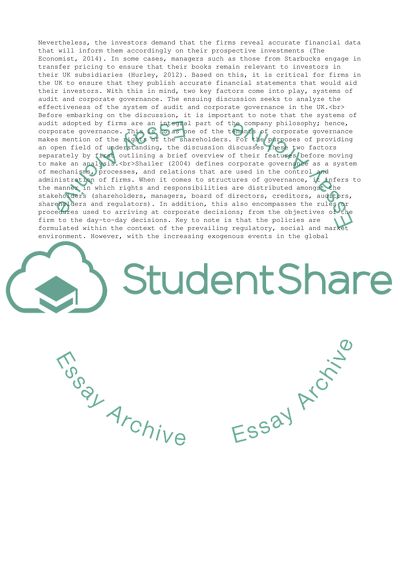Cite this document
(Financial Resources Management Essay Example | Topics and Well Written Essays - 2250 words, n.d.)
Financial Resources Management Essay Example | Topics and Well Written Essays - 2250 words. https://studentshare.org/finance-accounting/1858075-financial-resources-management
Financial Resources Management Essay Example | Topics and Well Written Essays - 2250 words. https://studentshare.org/finance-accounting/1858075-financial-resources-management
(Financial Resources Management Essay Example | Topics and Well Written Essays - 2250 Words)
Financial Resources Management Essay Example | Topics and Well Written Essays - 2250 Words. https://studentshare.org/finance-accounting/1858075-financial-resources-management.
Financial Resources Management Essay Example | Topics and Well Written Essays - 2250 Words. https://studentshare.org/finance-accounting/1858075-financial-resources-management.
“Financial Resources Management Essay Example | Topics and Well Written Essays - 2250 Words”. https://studentshare.org/finance-accounting/1858075-financial-resources-management.


